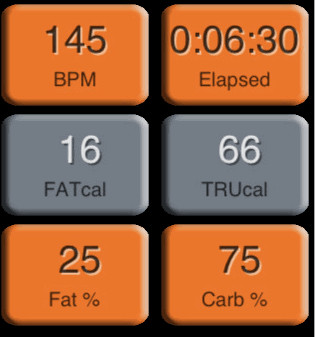Heart Rate Measurement - a very important tool
Heart rate is a useful measure of physical exertion and can help monitor your performance and avoid some common training errors, such as going too fast on what should be long slow runs. You've seen this tool in front of you every time you are using a cardio machine in our gym.
First of all you need to work out your maximum heart rate by using a heart rate monitor (be sure of course that your physical condition is good enough). The right way to do this is by testing yourself over increasingly intense trial runs: an easy run for 15 minutes, a harder run for 5 minutes, then as hard as possible for one minute - not more. The highest number recorded on the monitor is your maximum heart rate and can be used to calculate your three basic training zones, starting with low intensity runs of 60-70% of your maximum capacity to encourage fat burning and strengthening of your cardiovascular system and learning to maintain your strength and enthusiasm over the distance. Those new to running should spend 90% of their training time in this zone, advanced runners 60-70%. This is followed by moderate intensity runs at marathon pace for 10-25% of your training followed by higher intensity runs for just a few miles or 5-10% of training time.
Most runners look at their heart rate data after their high intensity runs and eventually you should be running faster at the same heart rate. However, the monitor should be used as a guide rather than a rule and other factors should also be taken into account, such as dehydration, heat, altitude and even time of day, your weight and age, all of which can influence heart rate by up to 20%.
Keep always in your mind to put the right measurements on your cardio machine and use the alarm to alert you if you stray out of your heart rate comfort zone.
